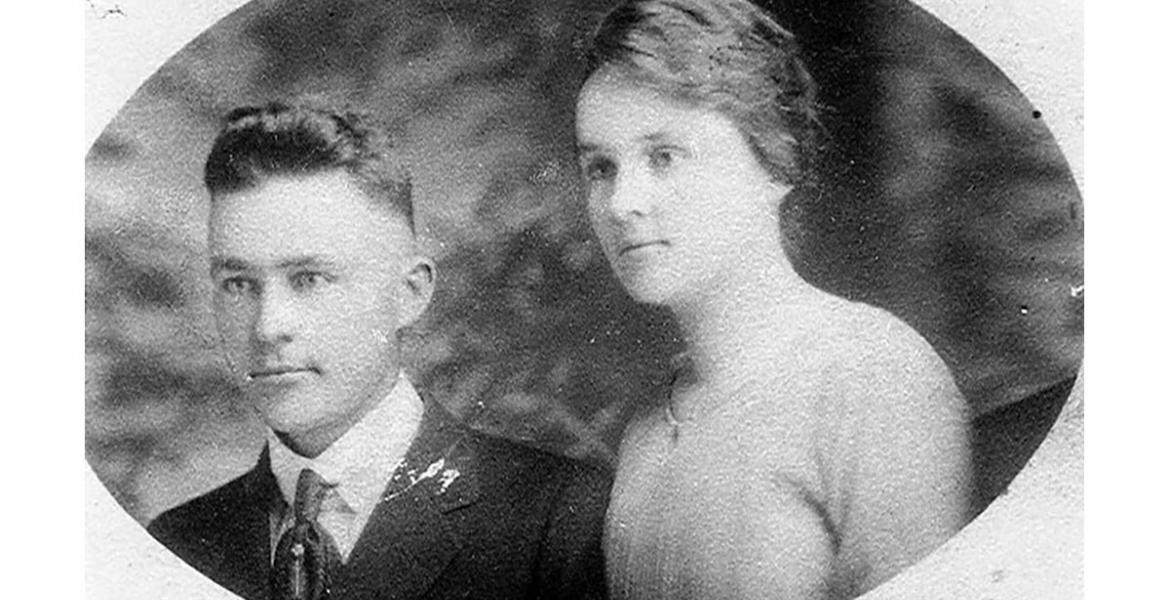OPINION — Long-time readers of this column may recall an installment from several years ago about kopi luwak, an Indonesian word which, in English, means ‘kopi luwak,’ or something to that effect. Commonly called ‘civet coffee,’ kopi luwak is coffee made from coffee beans that have been eaten, partially digested, and then egested by Asian palm civet cats. The best part of waking up, etcetera.
[[{"fid":"52638","view_mode":"default","fields":{"format":"default","field_file_image_alt_text[und][0][value]":"Asian palm civet cat. (K. Hemphill)","field_file_image_title_text[und][0][value]":"Asian palm civet cat. (K. Hemphill)"},"type":"media","field_deltas":{"1":{"format":"default","field_file_image_alt_text[und][0][value]":"Asian palm civet cat. (K. Hemphill)","field_file_image_title_text[und][0][value]":"Asian palm civet cat. (K. Hemphill)"}},"attributes":{"alt":"Asian palm civet cat. (K. Hemphill)","title":"Asian palm civet cat. (K. Hemphill)","class":"media-element file-default","data-delta":"1"}}]]
Above: Asian palm civet cat. (K. Hemphill)
To the average, normal human, such as you and me, the idea of drinking coffee that has transgressed in such a disgusting manner through the internals of a nocturnal rodent is revolting, as well it should be. But to the coffee connoisseur, kopi luwak is a rare delicacy which sells for upwards of 700 bucks per kilogram. I have no idea what a kilogram is, having received a proper Texan education using yards, sections, and gallons, but I don’t think a kilogram amounts to a whole lot. All I can tell you is that a coffee connoisseur is a snooty individual best avoided.
But I do have an update to the story about kopi luwak, the beans for which used to be obtained by persons of Indonesian ancestry poking around in the Indonesian woods with a sack, picking up Indonesian civet cat waste, giggling about fleecing wealthy American and European coffee connoisseurs willing to drink vile filth because it’s expensive. They don’t do that anymore. I mean poke around in the woods. They still laugh at people who drink their coffee. But now they trap the civet cats and keep them in cages, which makes it a lot easier to collect the poop. They may be Indonesians, but capitalism is capitalism.
But while kopi luwak is more repulsive than bird nest soup, which is made from the nests of birds in New Guinea, nests which are made out of bird saliva, I recently stumbled upon a food ingredient even more disgusting than civet coffee. It’s called castoreum, and it’s classified by the FDA as a ‘natural flavor.’ Which it definitely is. But then, so are most of the ingredients in hot dogs. And if you don’t know what they put in hot dogs, I advise you to remain ignorant. You’ll be happier that way.
Castoreum has been around for centuries, and was long thought to be a powerful medicine. It was used to treat such ills as spider bites, epilepsy, and constipation. In ancient Rome it was believed that a woman could inhale the fumes of burning castoreum to induce abortion. Sir Francis Bacon thought a snort of powdered castoreum would cure ‘brain fog,’ whatever that is. Or was. I’m vague, and content to remain so.
[[{"fid":"52639","view_mode":"default","fields":{"format":"default","field_file_image_alt_text[und][0][value]":"Sir Francis Bacon","field_file_image_title_text[und][0][value]":"Sir Francis Bacon"},"type":"media","field_deltas":{"2":{"format":"default","field_file_image_alt_text[und][0][value]":"Sir Francis Bacon","field_file_image_title_text[und][0][value]":"Sir Francis Bacon"}},"attributes":{"alt":"Sir Francis Bacon","title":"Sir Francis Bacon","class":"media-element file-default","data-delta":"2"}}]]
Above: Sir Francis Bacon
During the early 20th century castoreum was often used in foods like vanilla ice cream, raspberry-chocolate bon-bons, candy, beverages, baked goods, and gum. It apparently adds a sweetish flavor. It still shows up sometimes, but it’s mostly used as a perfume ingredient now. Which is kind of ironic, since it comes from the south end of a north-bound beaver.
Maybe you’ve wondered, as I have, why beaver trapping was such a lucrative business during the settlement of North America. Organizations such as the Hudson’s Bay Company made fortunes in the fur trade in the old days, as did the Astor family, before they bought up most of Manhattan Island. The trappers came across the pond because the beavers had already been wiped out in Europe, not so much for their pelts, but for their glands. The military would probably refer to them as: glands, scent, rear-facing, gross.
Now, I’m not saying the Europeans didn’t use the beaver hides, but the glands were worth more. They’re kind of like the scent glands in skunks, which is where the horrible-smelling spray comes from. The beaver glands aren’t used in defense, but as a way to mark their territory. They squirt some of the juice around to keep other beavers away. It also works to keep me away, if I have anything to say about it.
While castoreum is still sometimes used in foods today, you won’t find it on any labels. It’s generally listed as a ‘natural flavor,’ and is used in such small quantities that it’s never near the top of the list of ingredients. And the funny thing is that castoreum didn’t fall out of favor as a flavor because people decided it was repulsive, but because it’s not kosher.
During the 1980s manufacturers figured out that, in order to market their goods to certain groups, they’d have to quit putting castoreum in them, so they started looking for alternatives. I can’t say I’m necessarily disappointed. I have a list of foods I can do very well without, and beaver butt juice occupies spots one through seven on that roster.
While I’m the first to point out that we can’t depend on government to keep us safe from everything, I admit I’m feeling some animosity toward the FDA right now. Hot dogs are bad enough. The least they could do would be to protect the American citizens from beaver gland secretions.
I need a cup of coffee . . .
Subscribe to the LIVE! Daily
Required






Comments
Listed By: Steve Killam
I know several people that would allow the taking of the Beavers (Nutria Rats) in the picture if you could find something useful for them, but I doubt making coffee from them is one.
- Log in or register to post comments
PermalinkListed By: Cajun Texan
Nutria became such a problem in Southern Louisiana several years back, the state instituted a bounty, $7 for each nutria tail turned in to Parks and Wildlife. The Coonasses took extreme advantage and reduced the population such that only a few years later, they removed the bounty. Now that there is no financial reason to hunt them, their numbers are on the rise again. Just like rattlers around here, the price is next to nothing and we're seeing more and more of the venomous varmints.
- Log in or register to post comments
PermalinkMy first thought when I saw that pic, was Nutria, but went with the assumption of the title because they look so similar. But went back to look at pic, and you are correct. That ain't no paddle tail, that's the rat tail of a Nutria.
- Log in or register to post comments
PermalinkListed By: Mj NS
Never fails to disgust me...not for using the products of animals (although it is gross) but for the exploitation of the animals to satisfy our vanity...hopefully once word gets out about the caging of the civet they will ban that stupid coffee...
- Log in or register to post comments
PermalinkPost a comment to this article here: